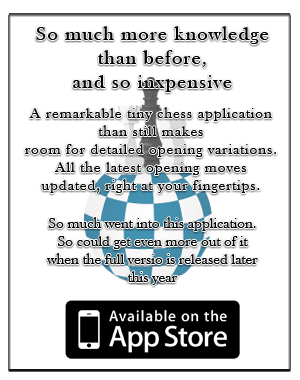FIFTY MOVE RULE
According to Chess Amateur (1920) the rule was used for the first time during the 1883 London tournament. A player must agree to a draw if requested by the other player when at least 50 consecutive move-pairs have been played without a reversible move (i.e., a capture or pawn move) being made. The rule was originally introduced by FIDE in the 1920s. It was recently increased to 75 for certain special positions that have been shown by computerised endgame analysis to be winnable only in more than 50 pairs of irreversible moves against best defence.



